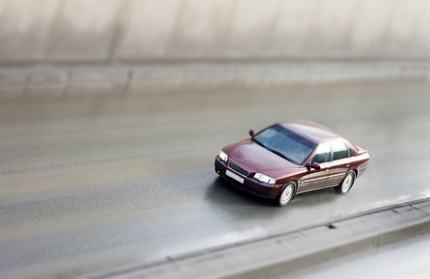
The idea of putting gas into a car to make it run may seem complex, but it is a four step process that includes intake, compression, power (ignition) and exhaust. In the intake cycle, the piston moves down to take in a mixture of fuel (gas) and air, according to AnimatedEngines.com.
In the compression cycle, the piston begins to move upward to its original position, according to AnimatededEngines.com. In doing so, the increased cylinder pressure closes the poppet valve used to intake fuel and air. The engine flywheel continues to push the piston up, compressing the mixture of air and gasoline.
In the power stroke or cycle, the car's spark plugs are fired and ignite the compressed fuel mixture. Burning the fuel causes it to expand, which forces the piston back downward. It is this action which creates the power to move the vehicle.
Once the piston is pushed back down by the power stroke, a part called the cam-lifter opens the car's exhaust valve, according to AnimatedEngines.com. The motion of the piston moving naturally upward again in this cycle pushes the exhausted fuel from the engine cylinder, starting the process over.